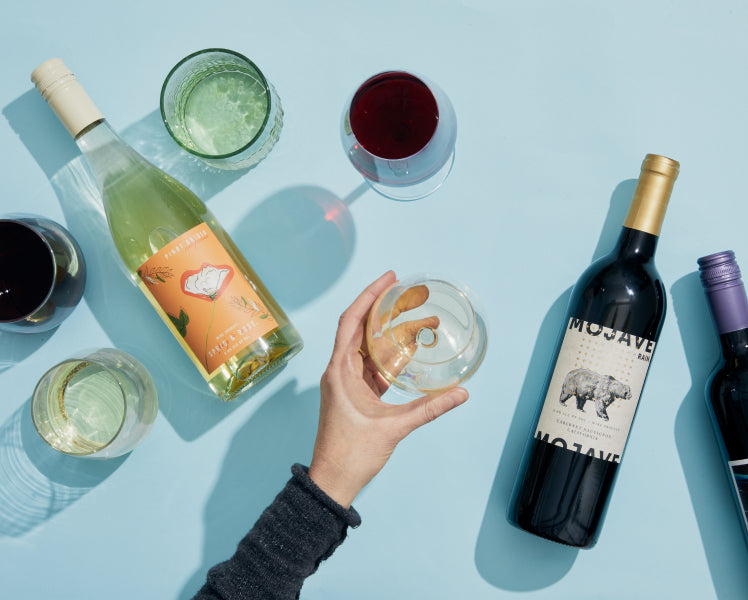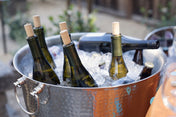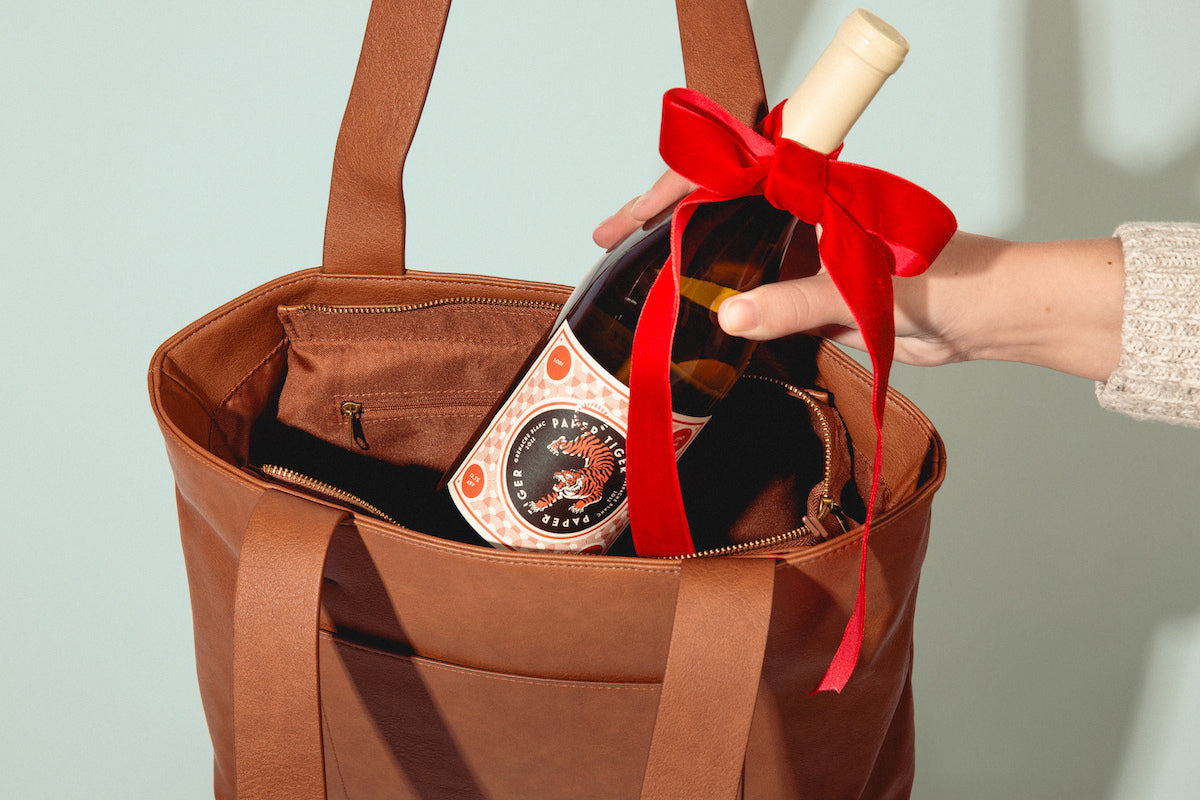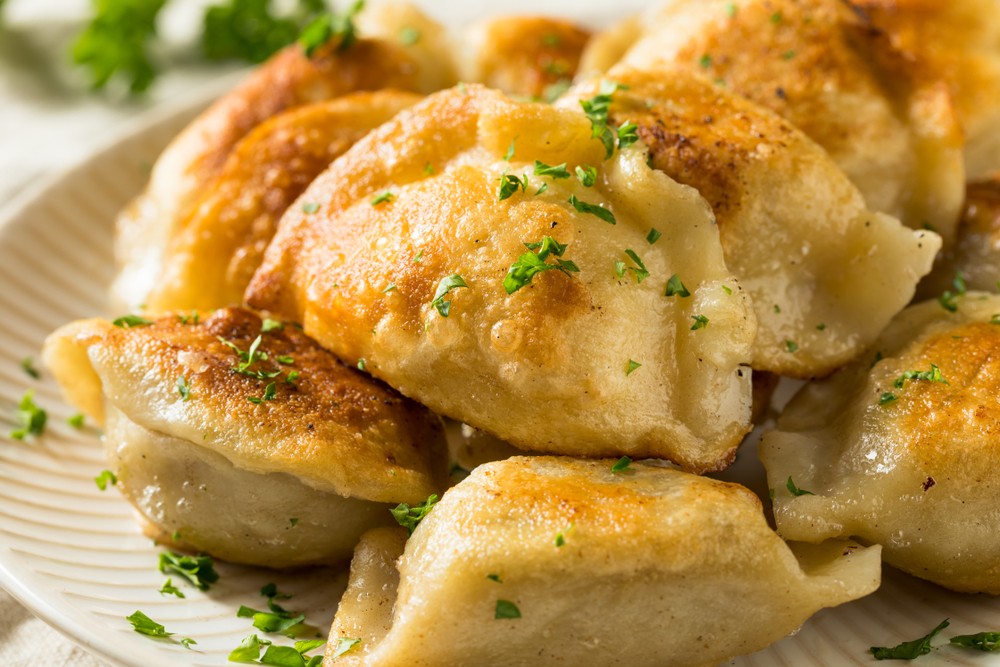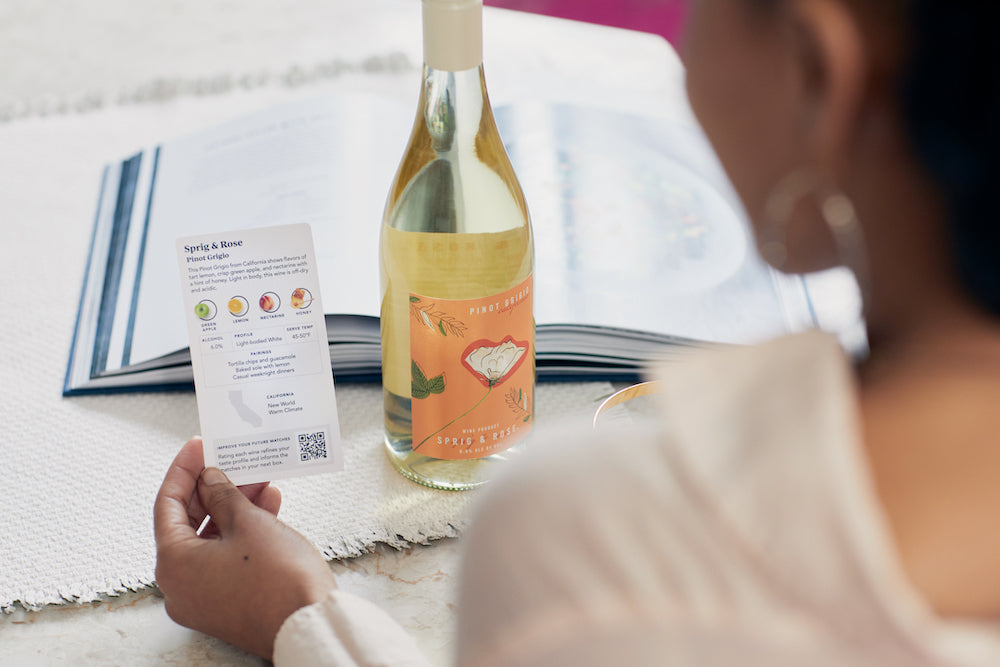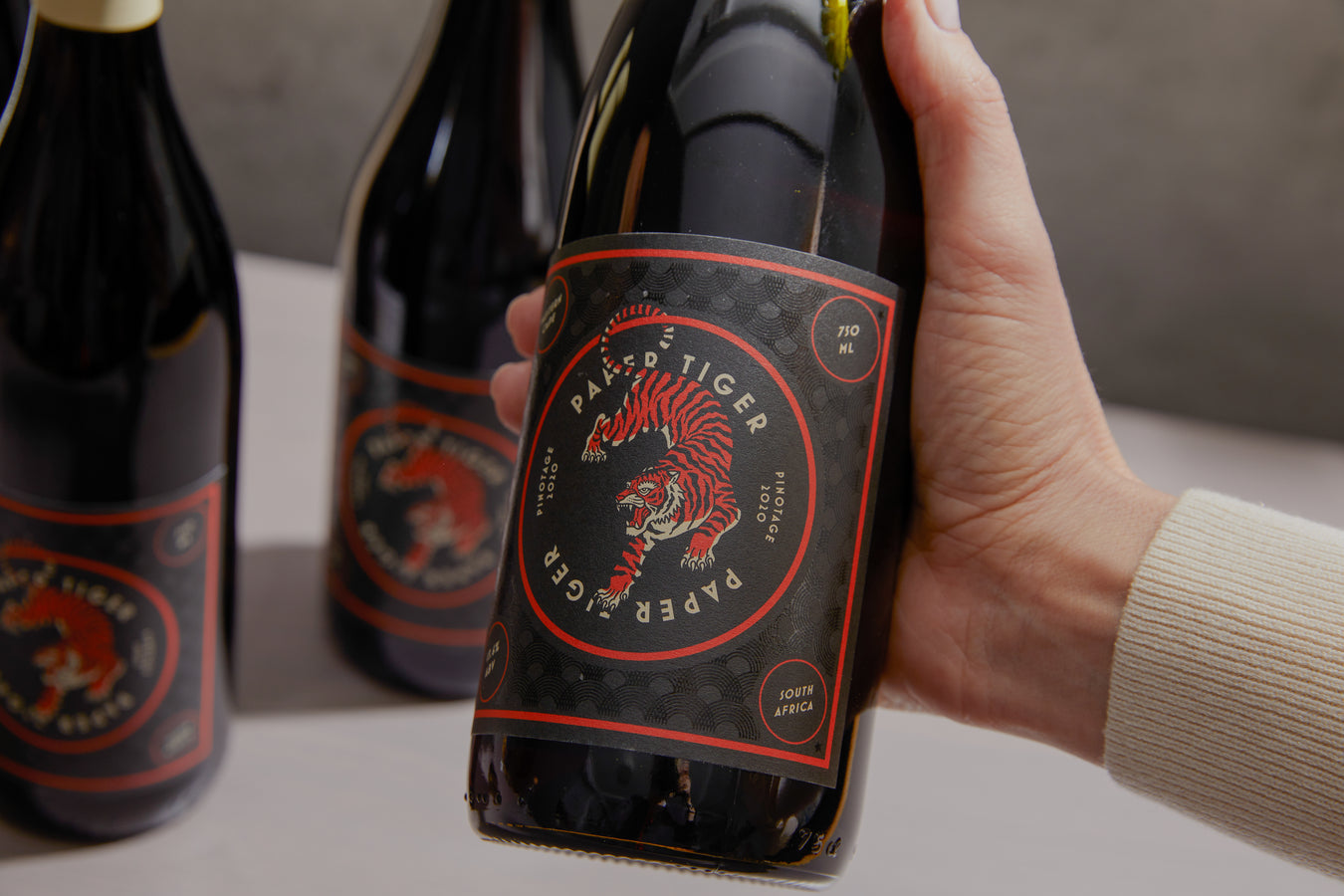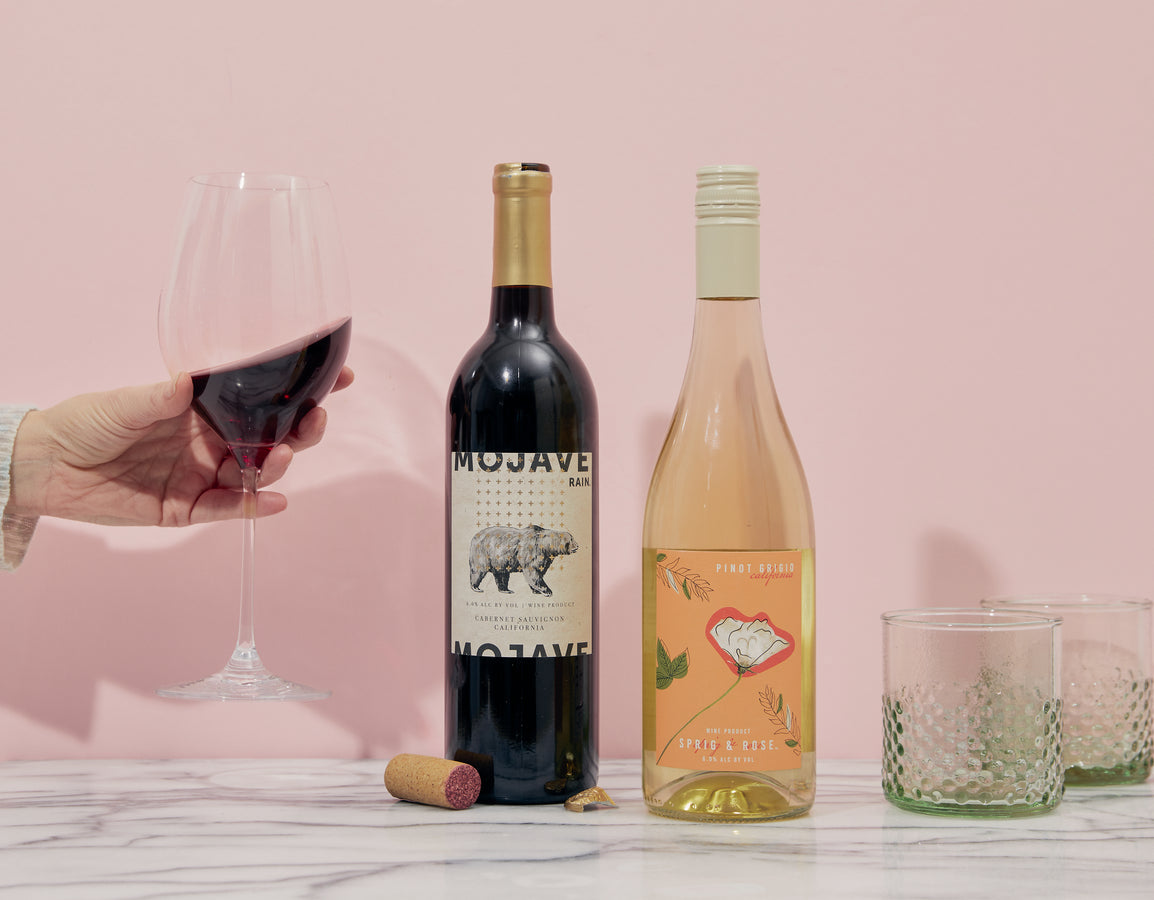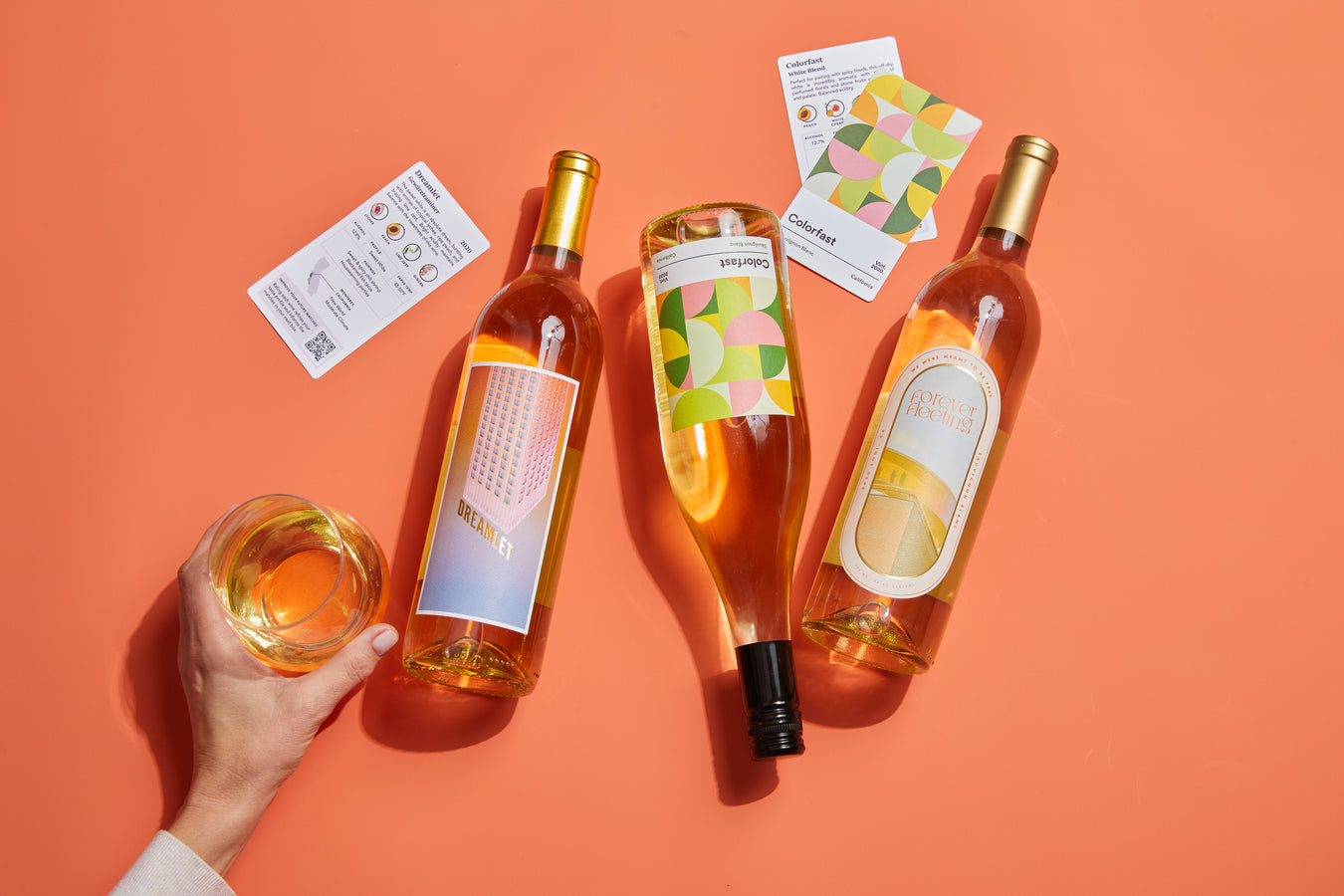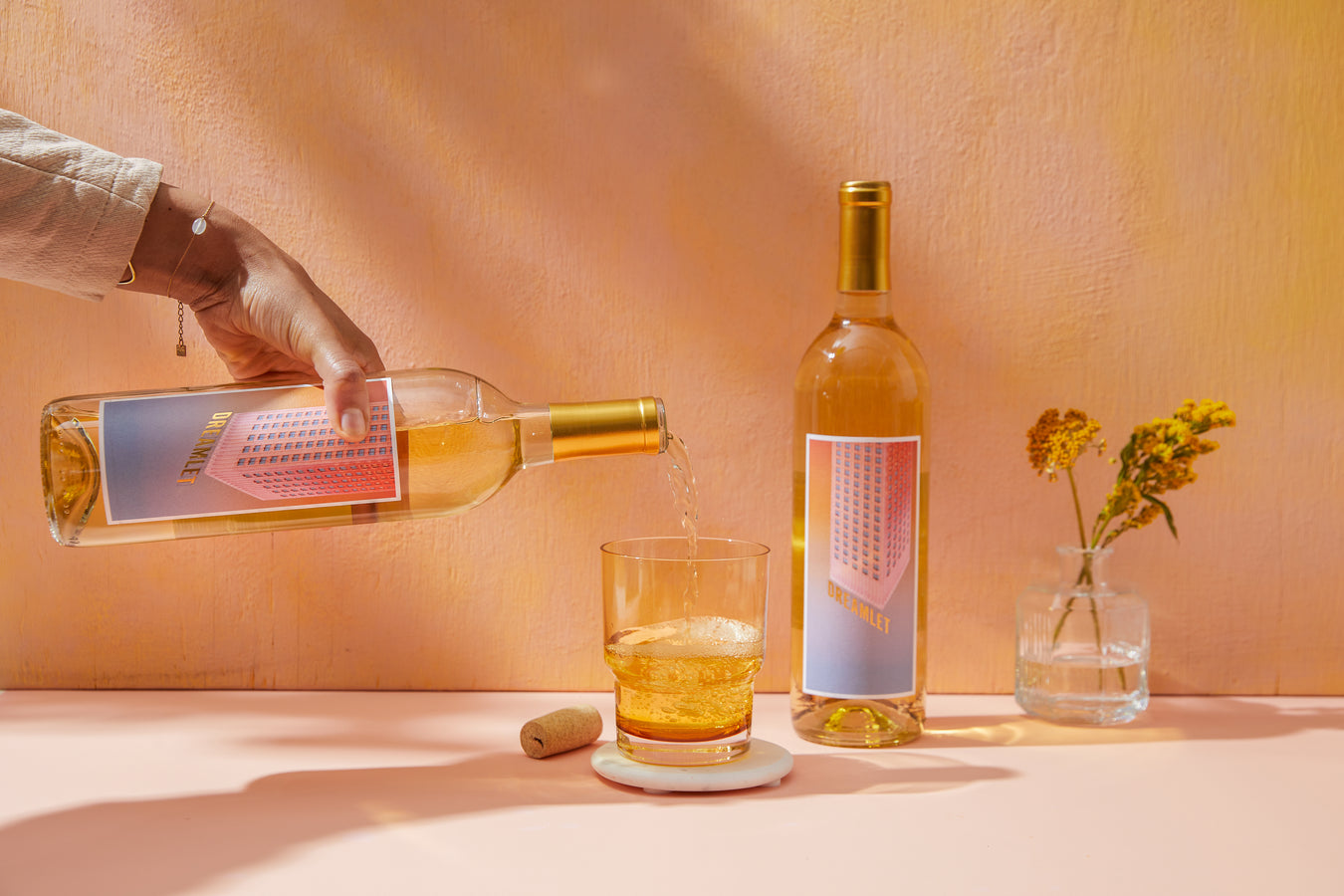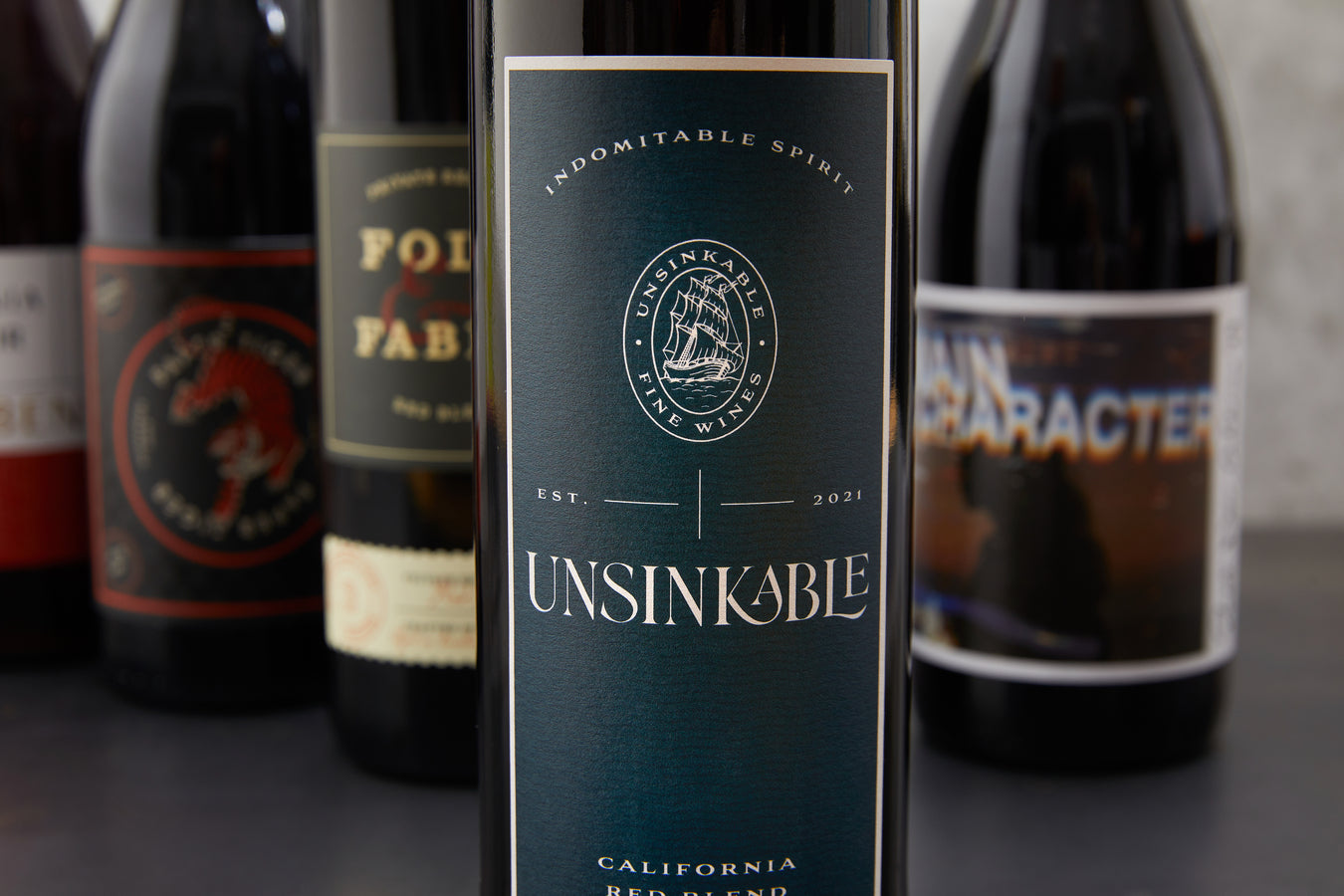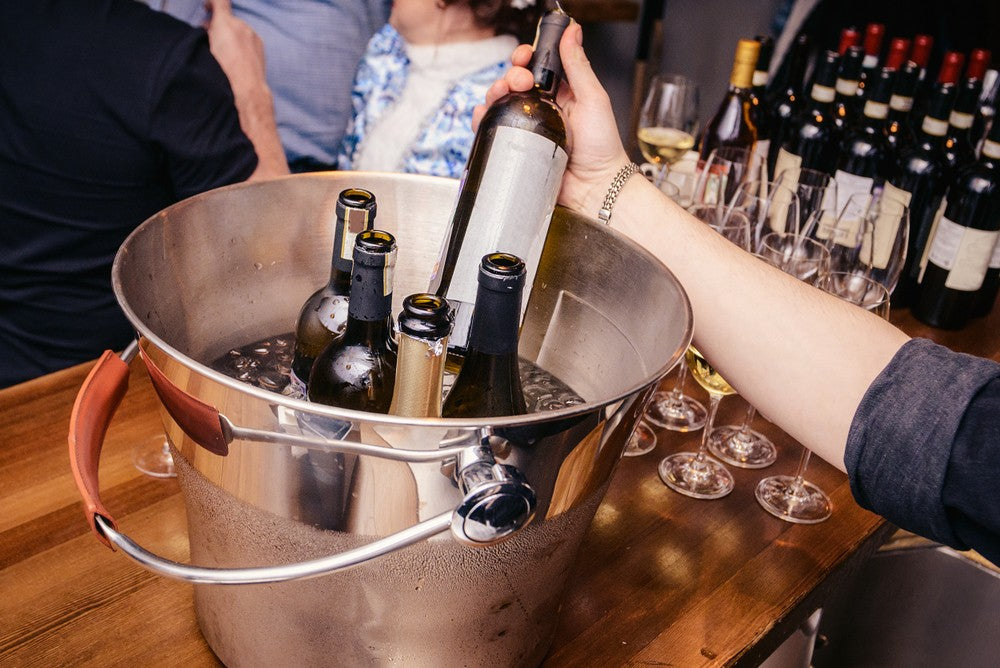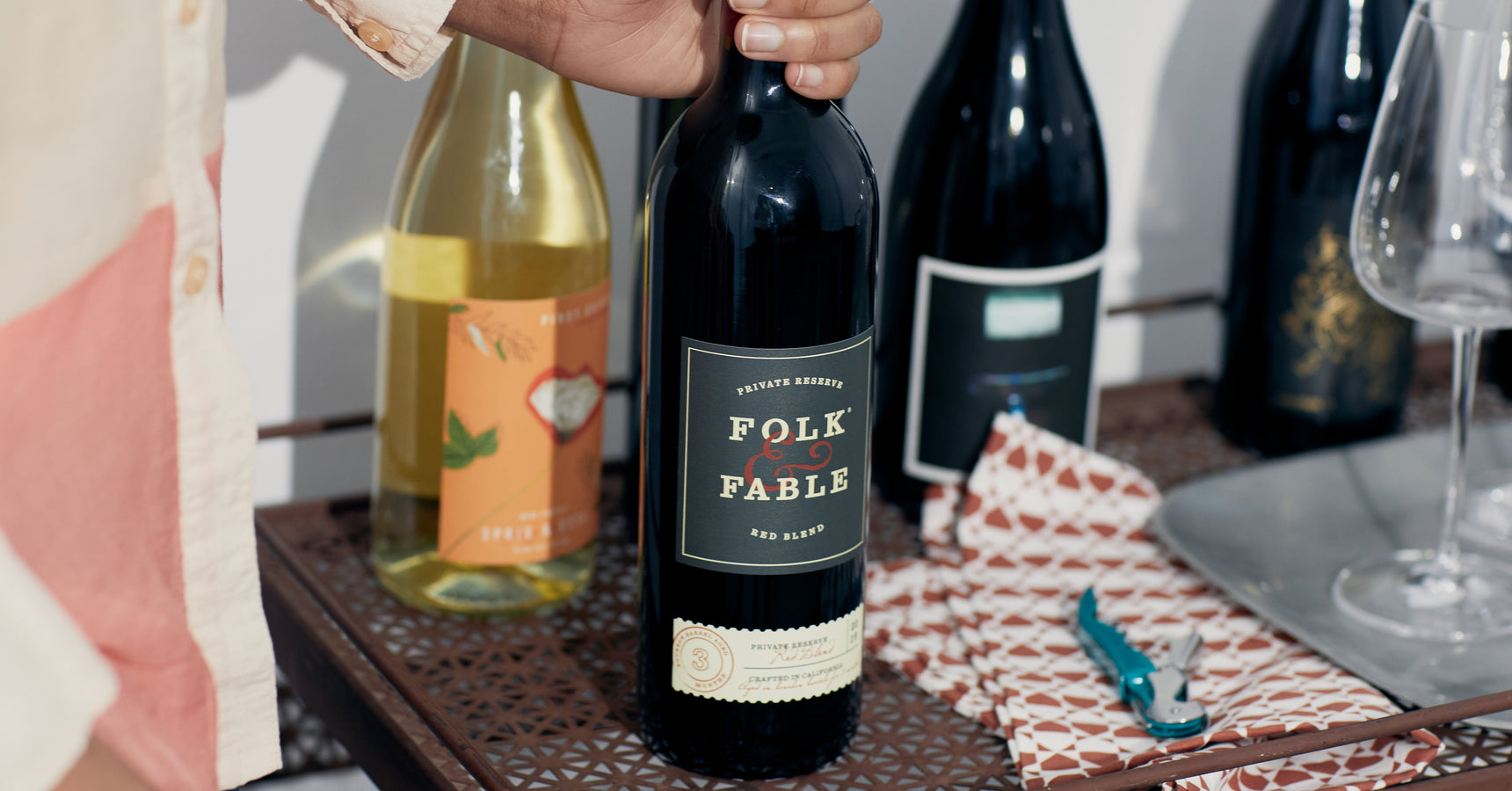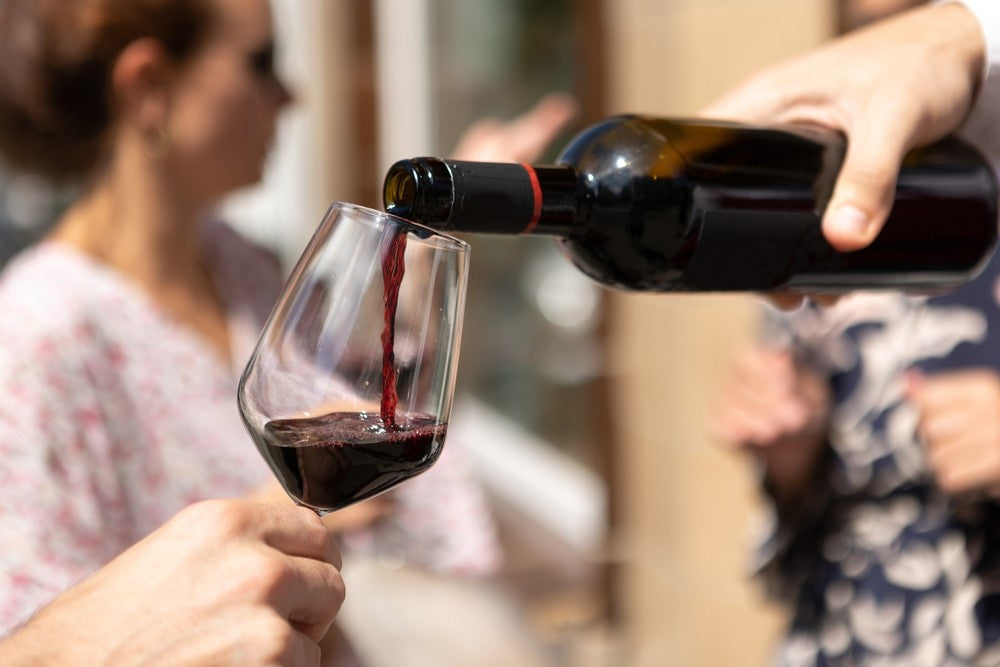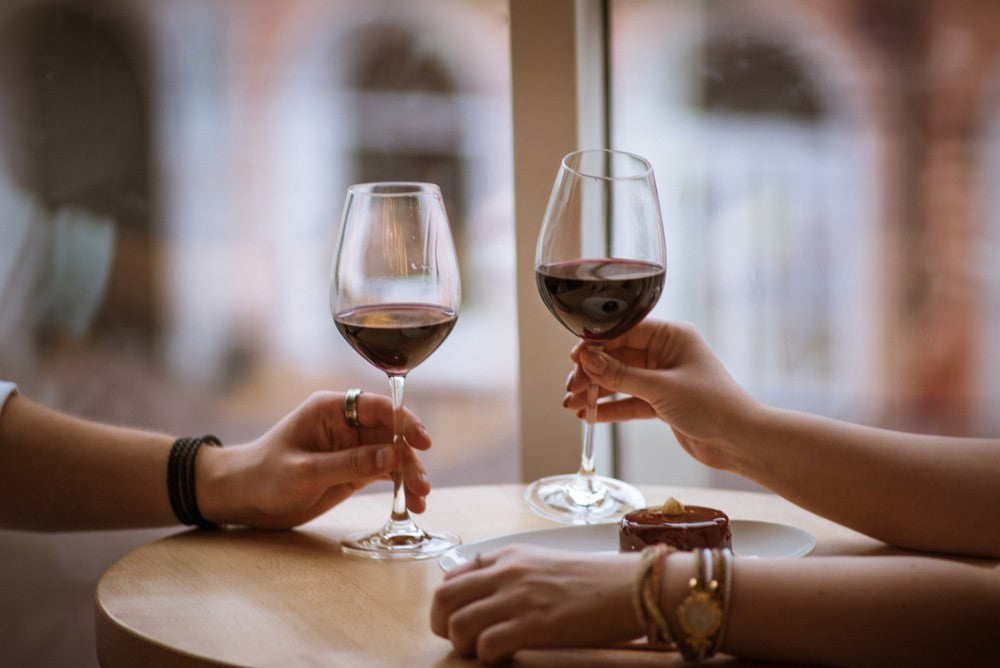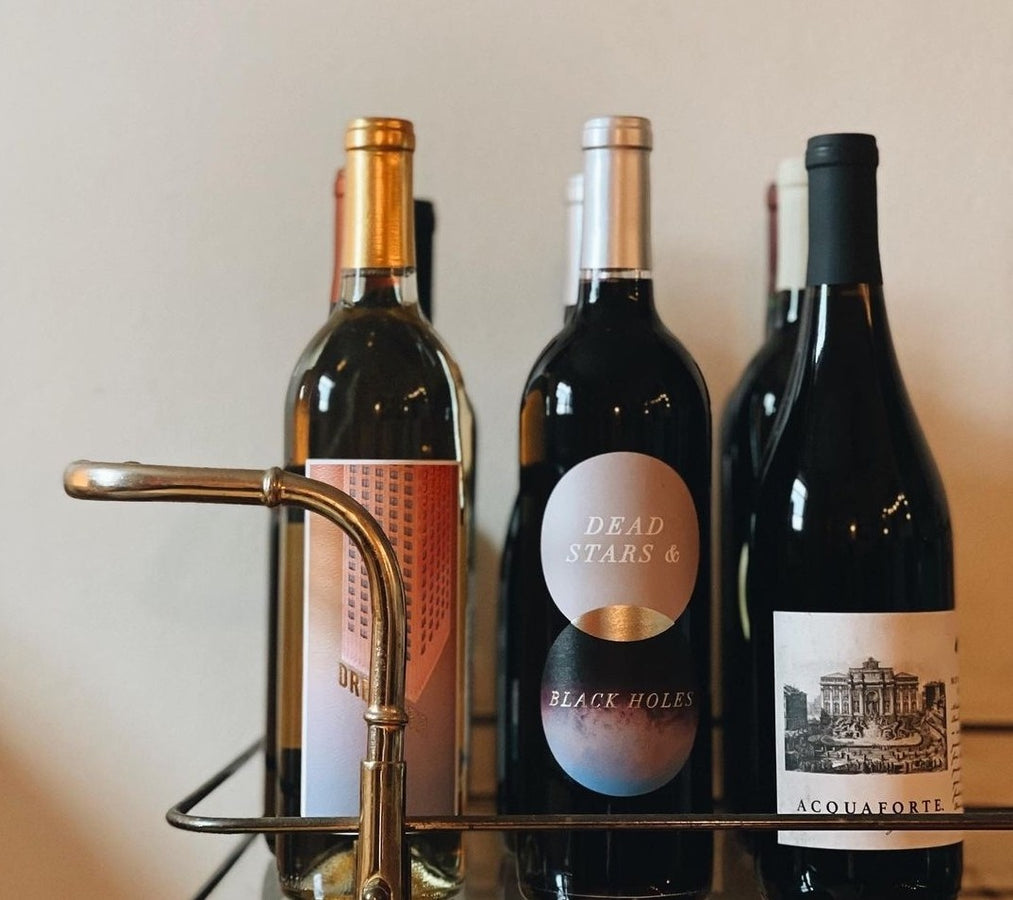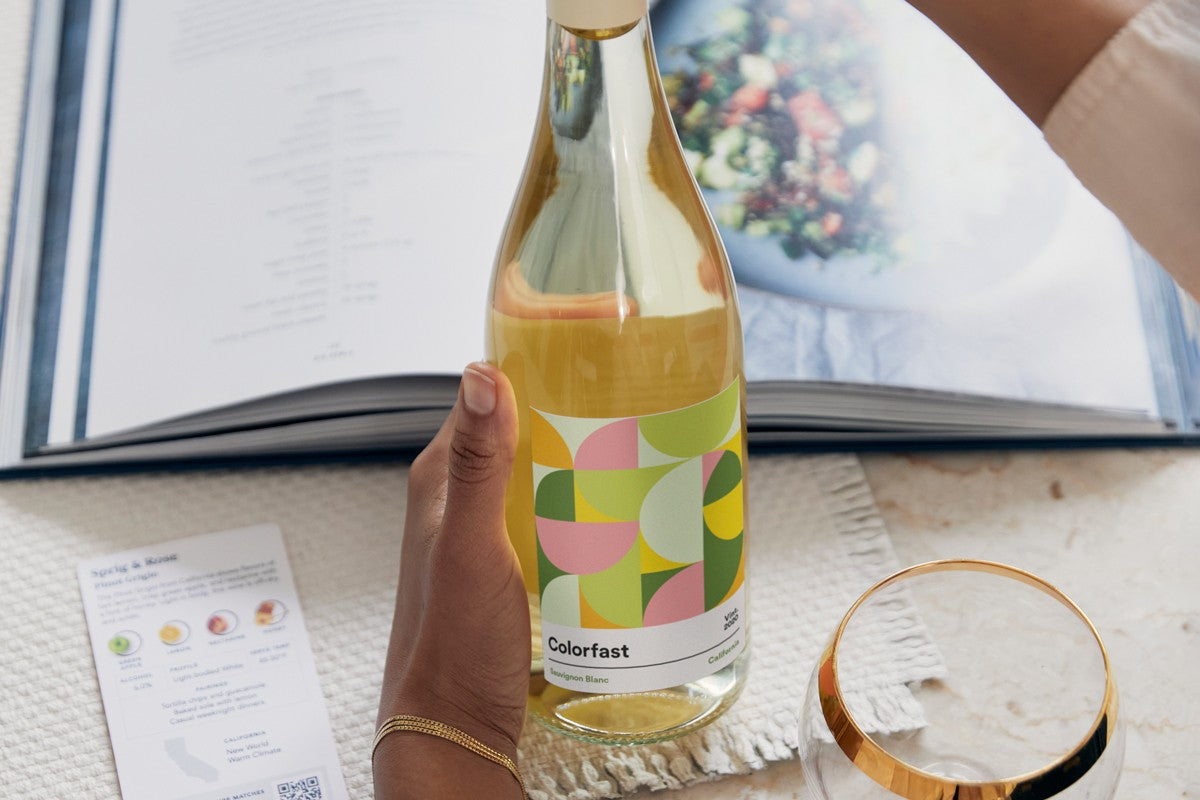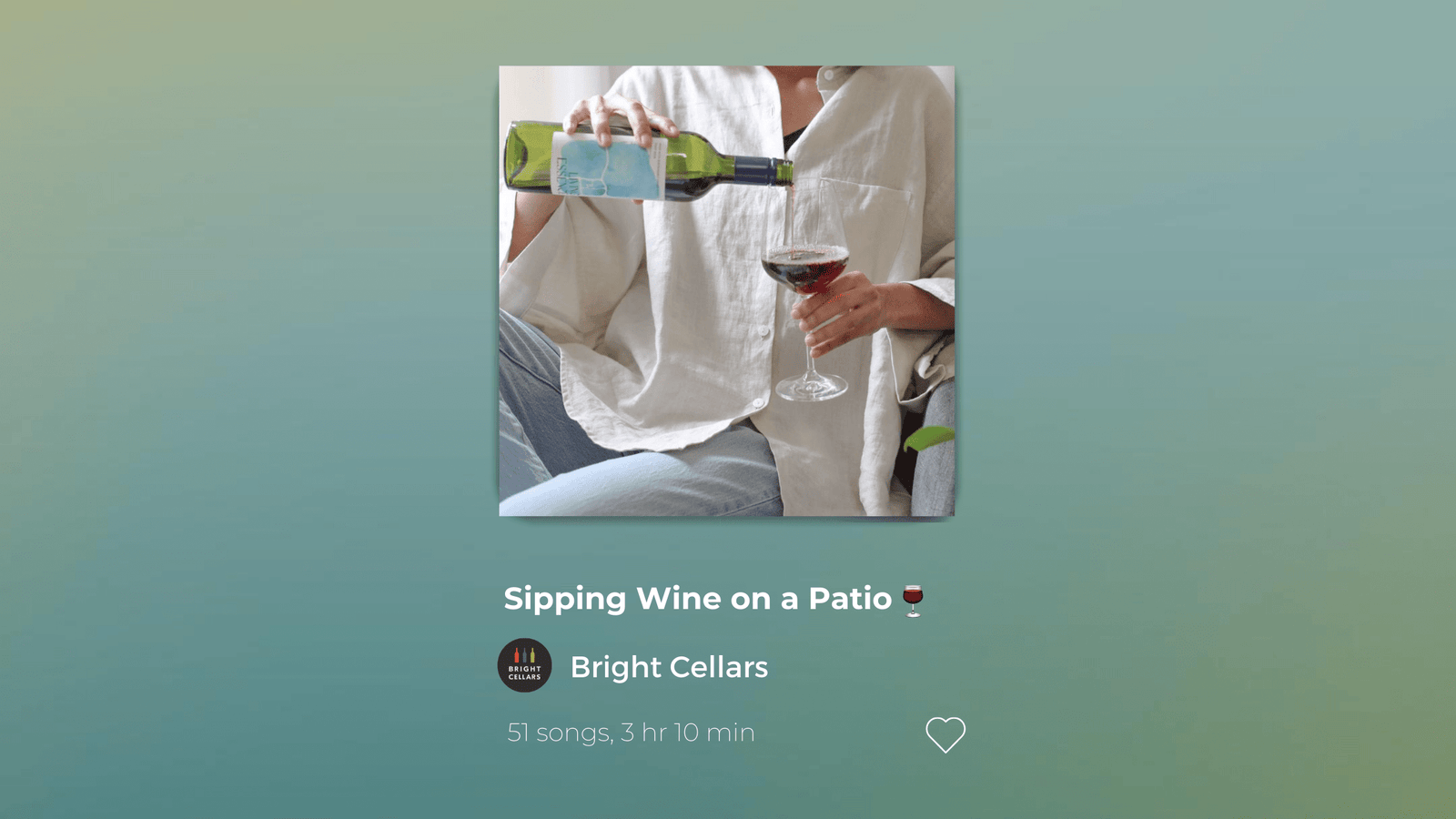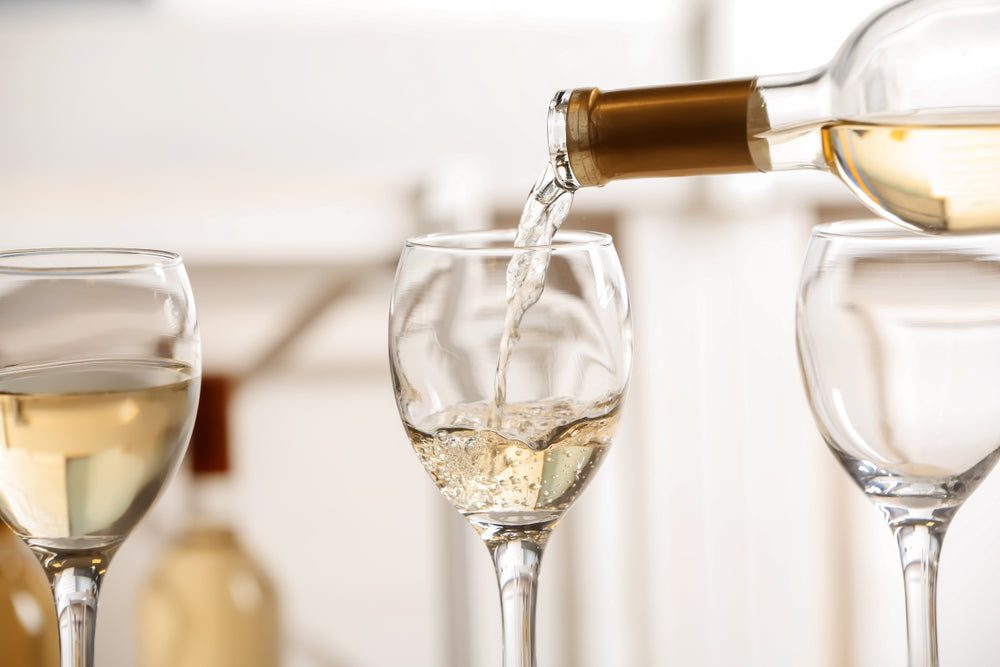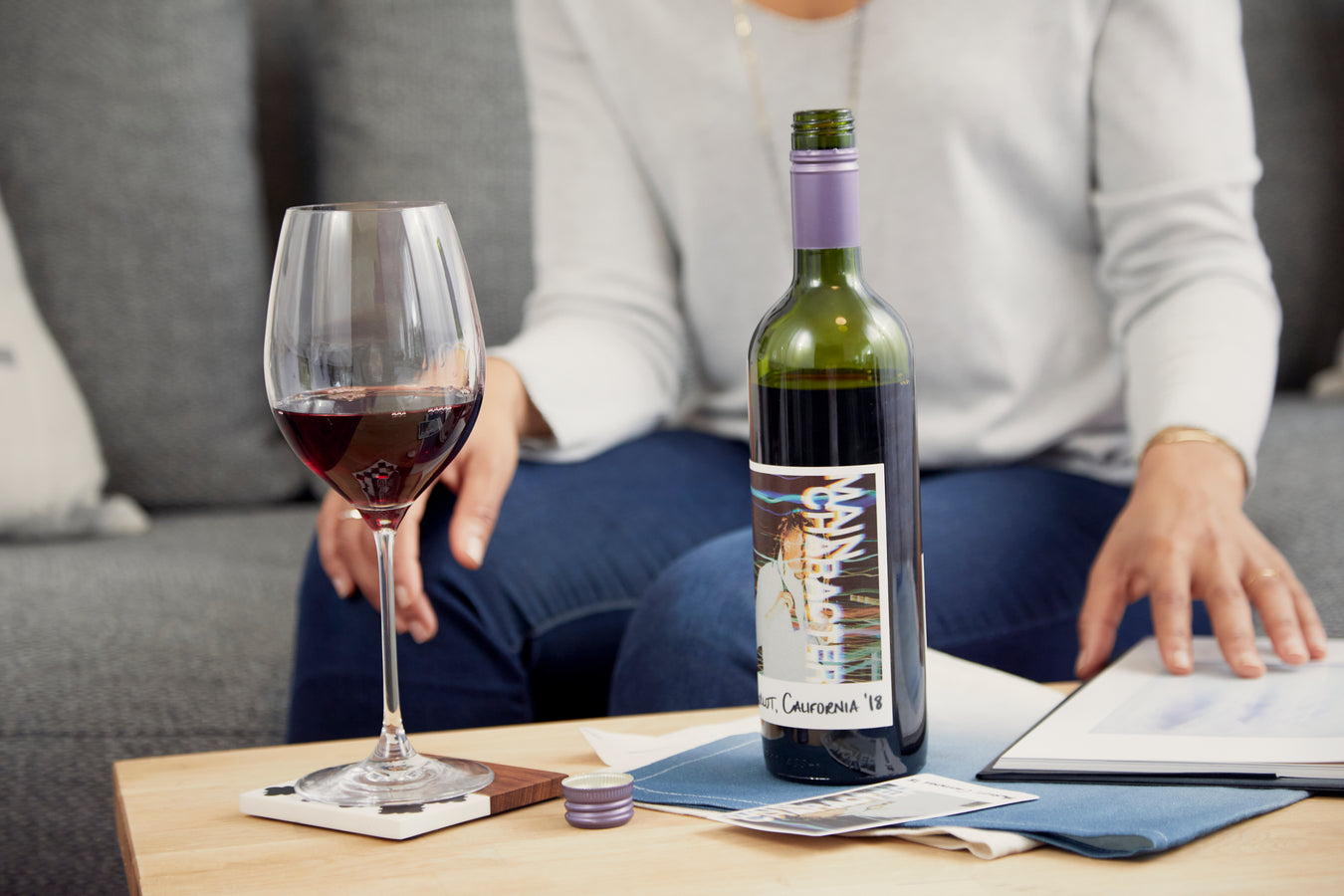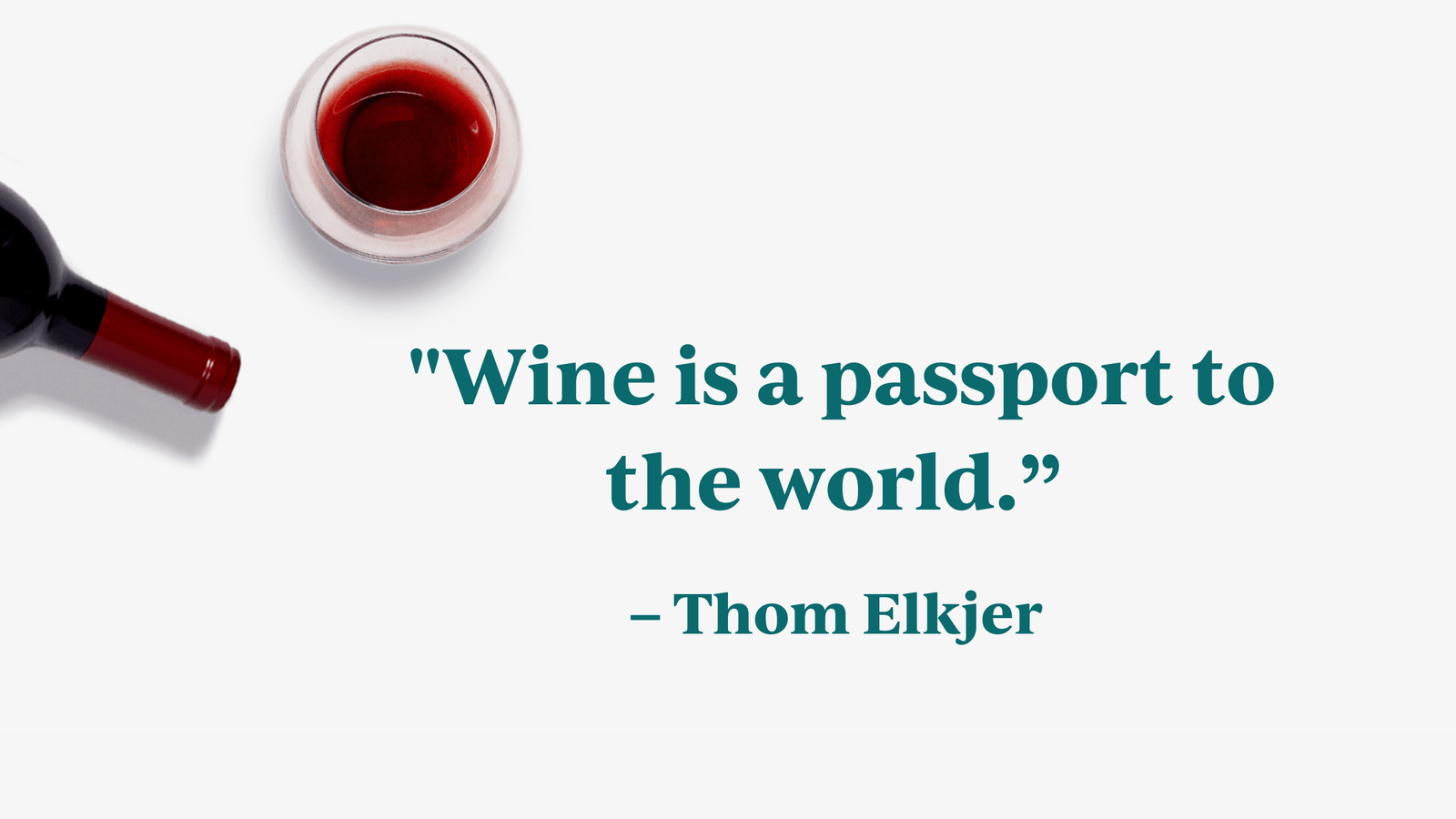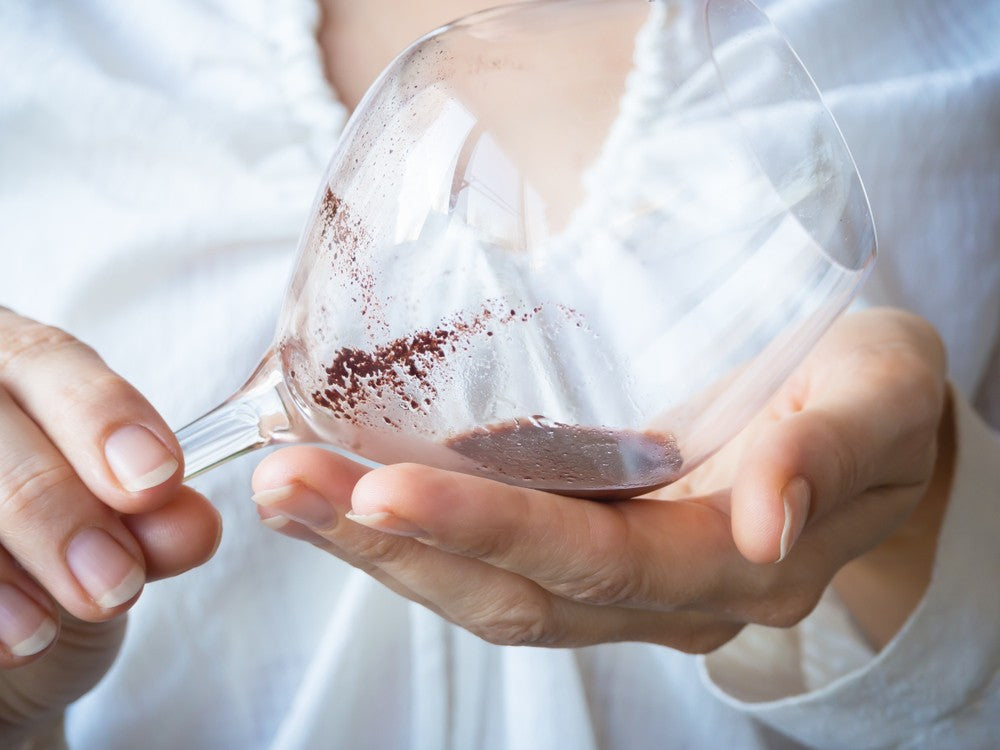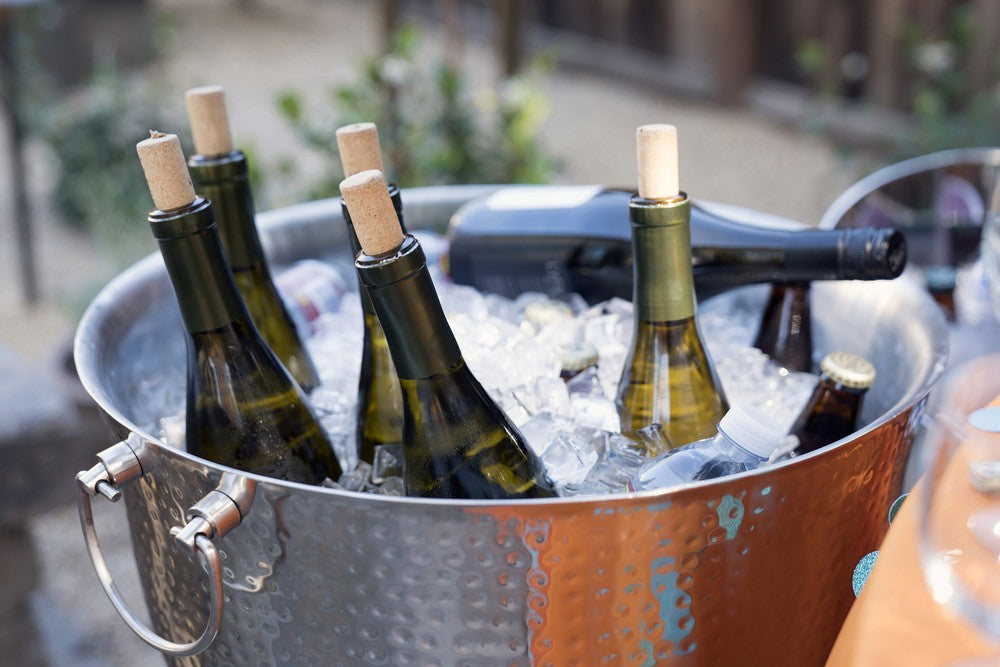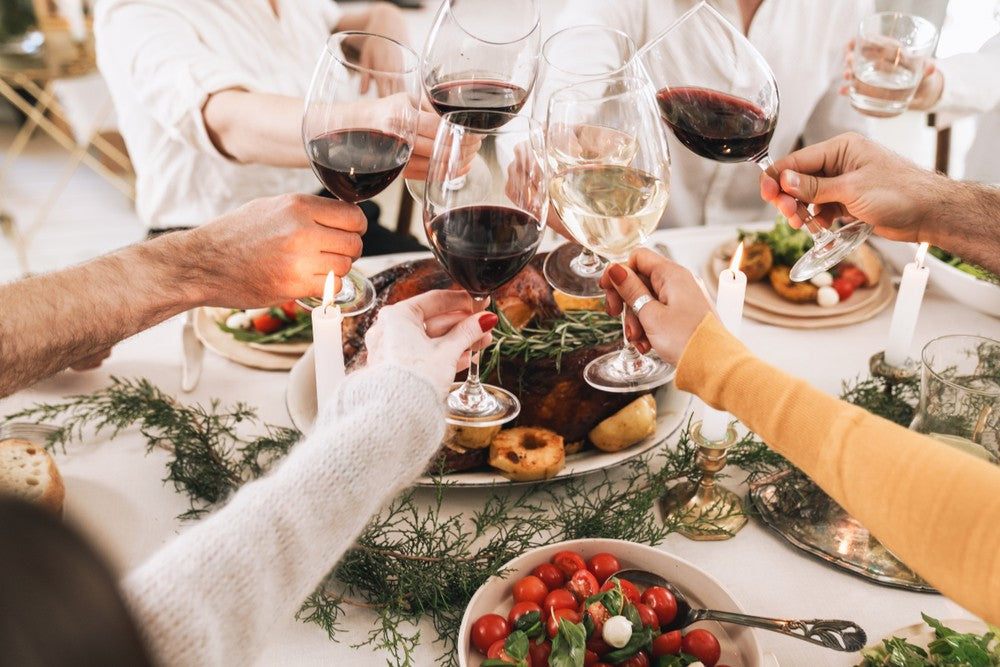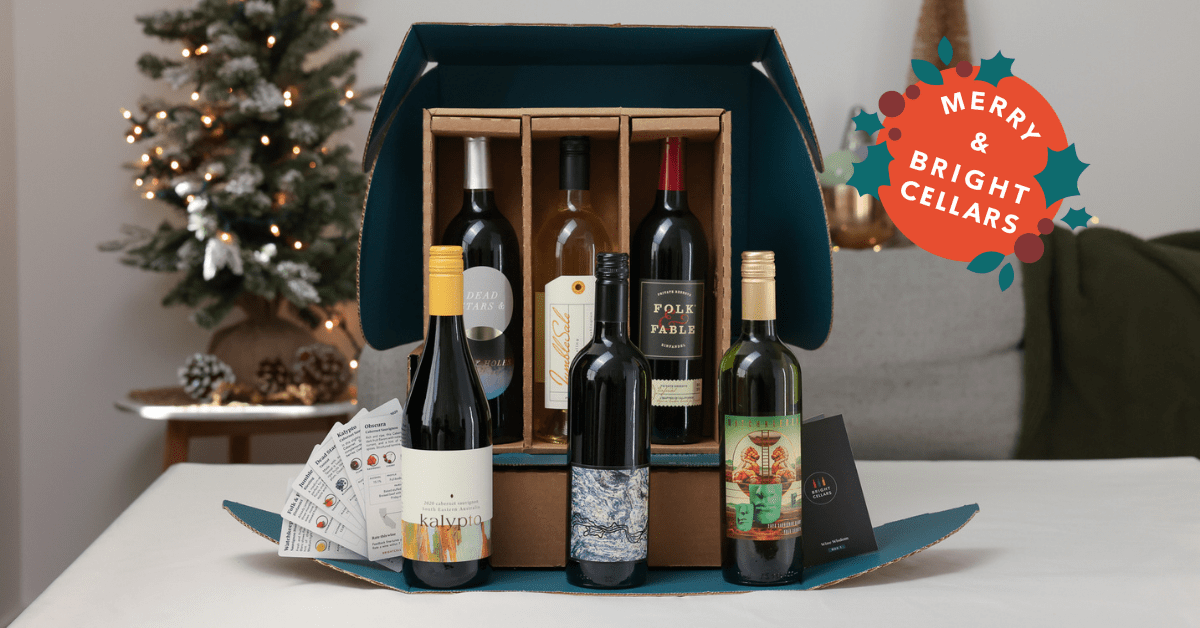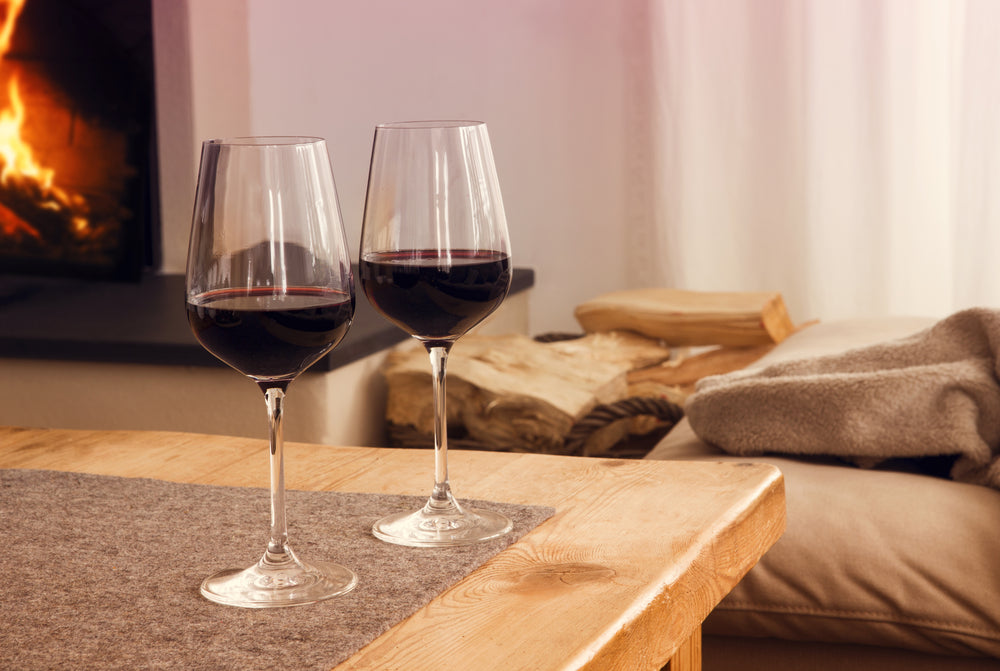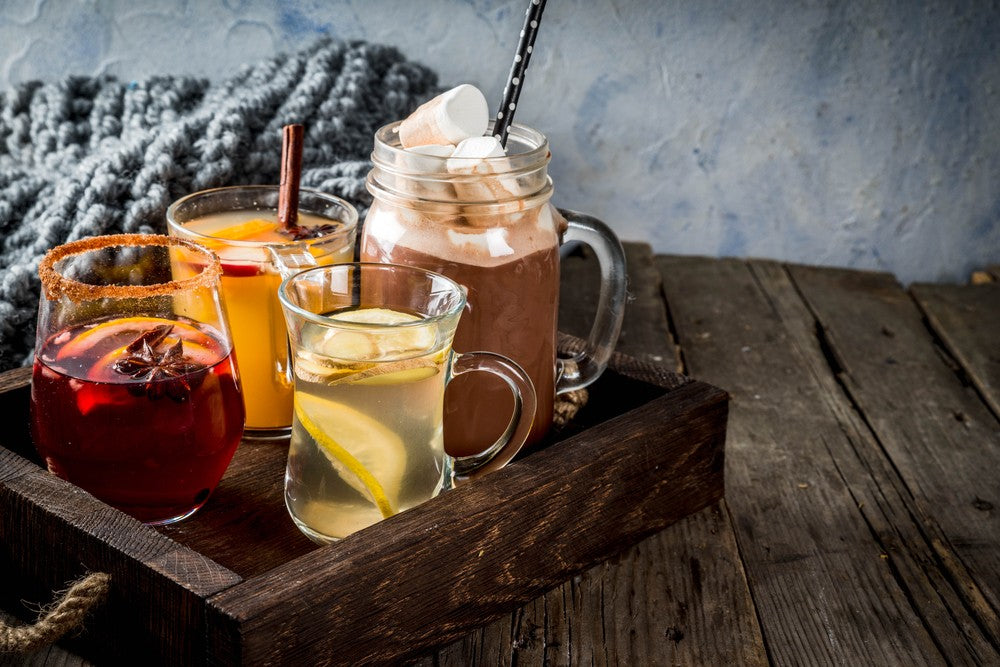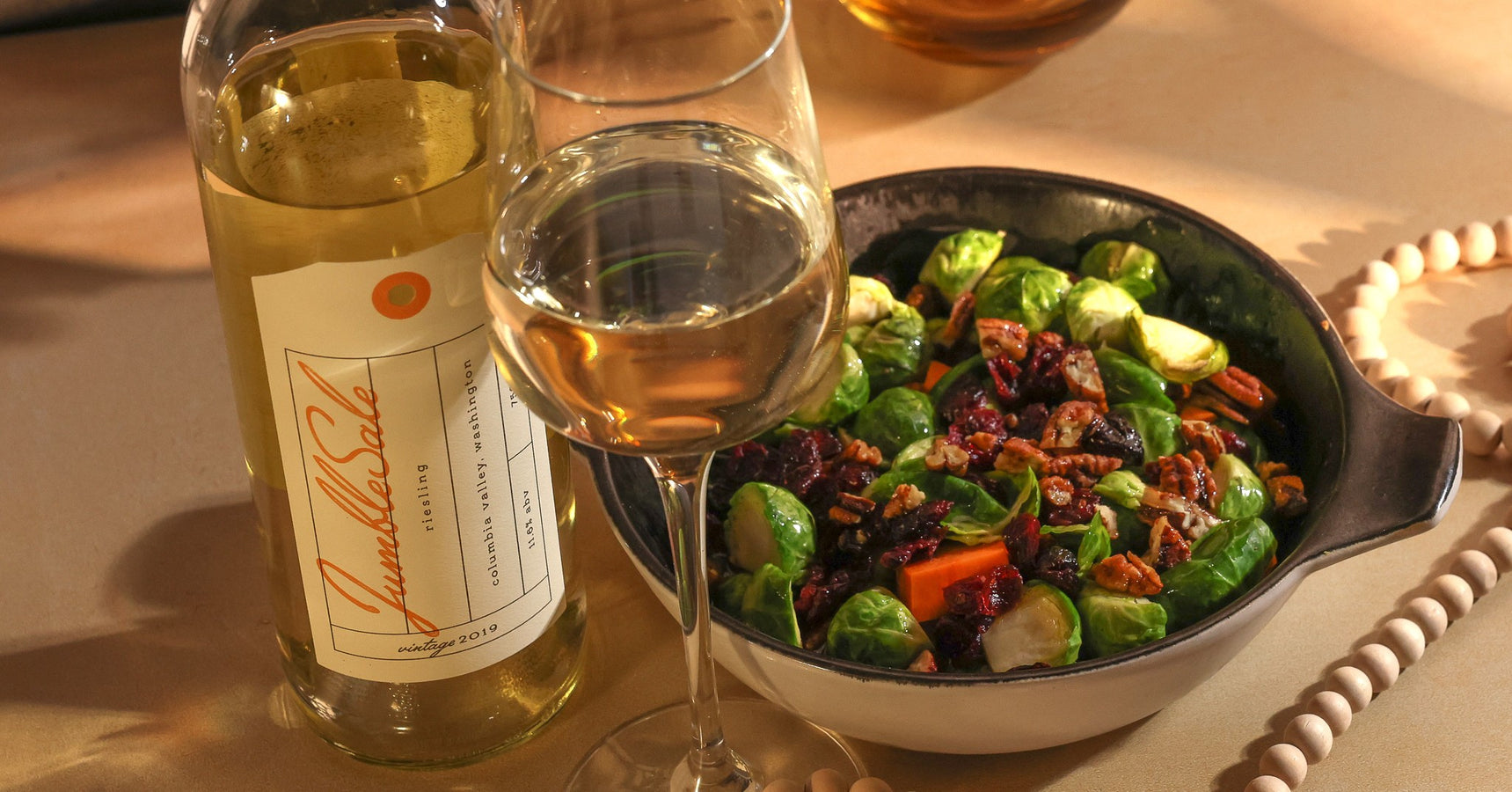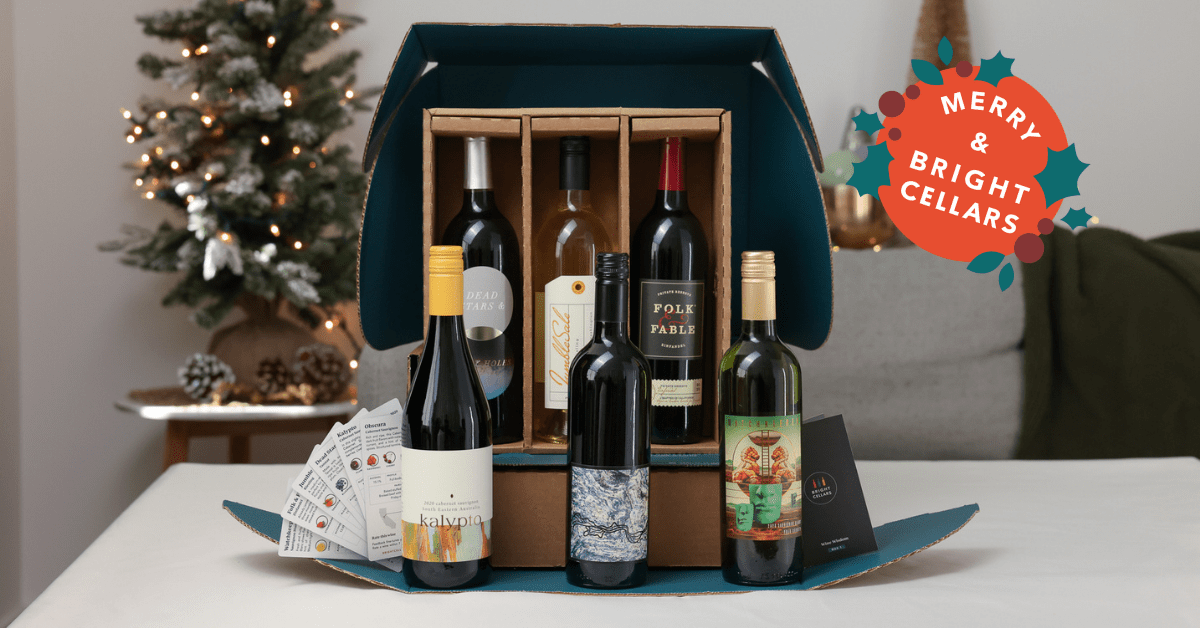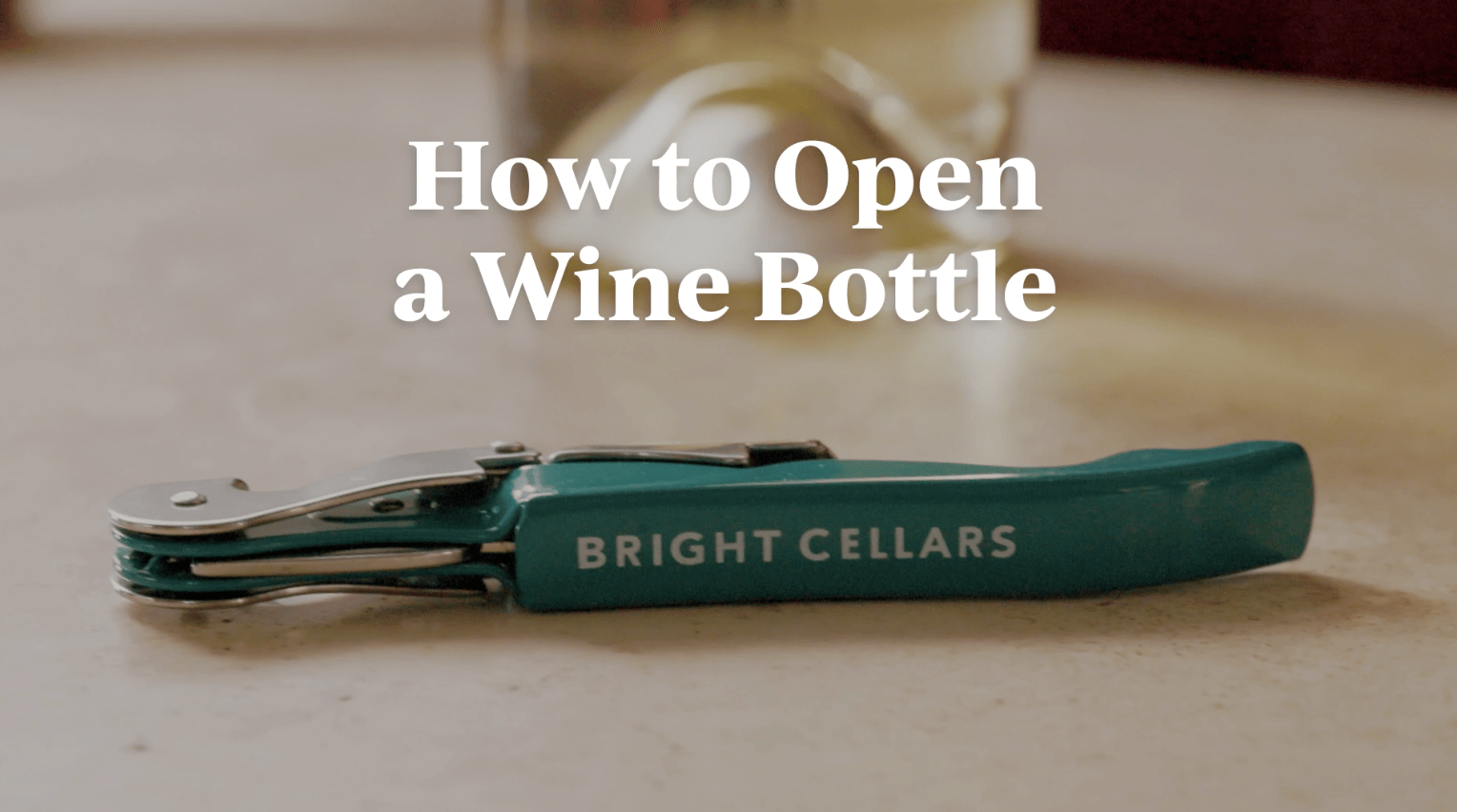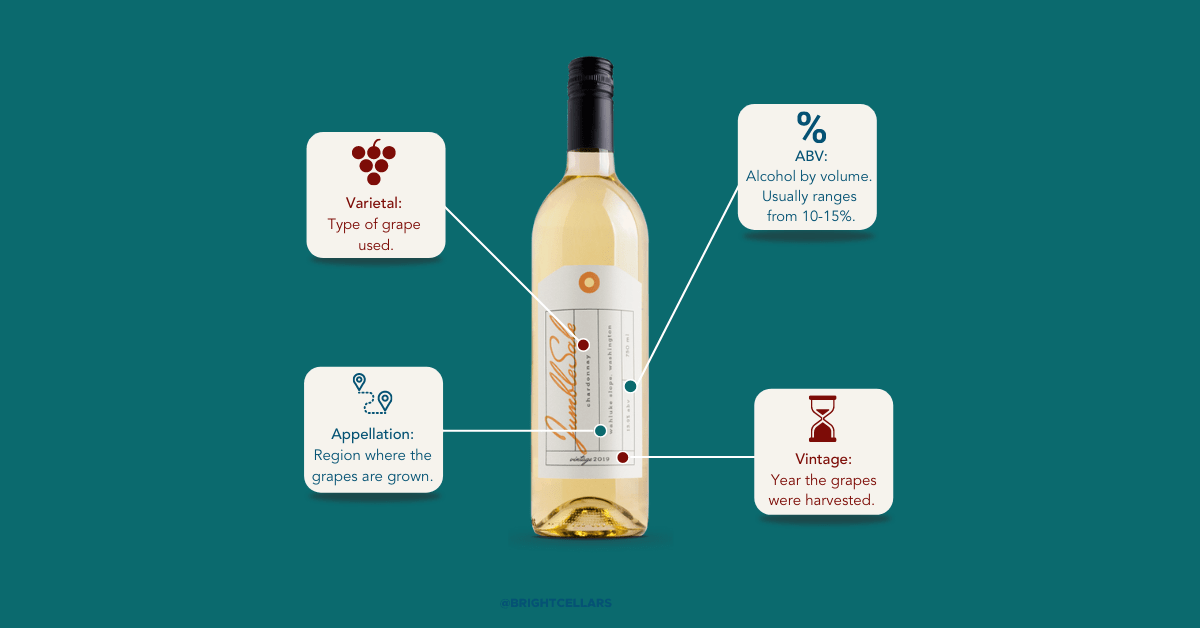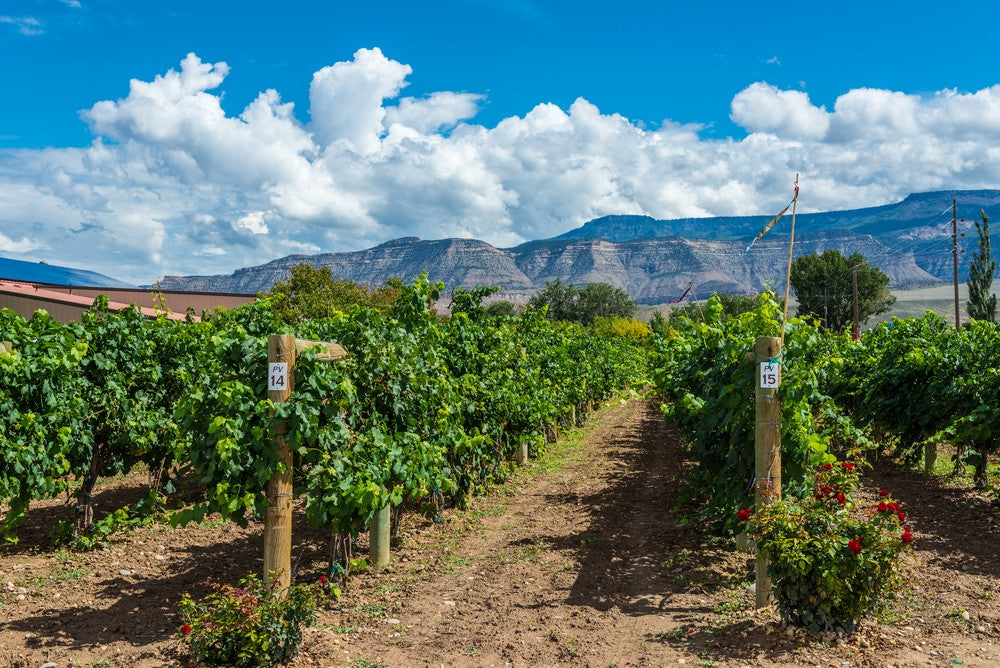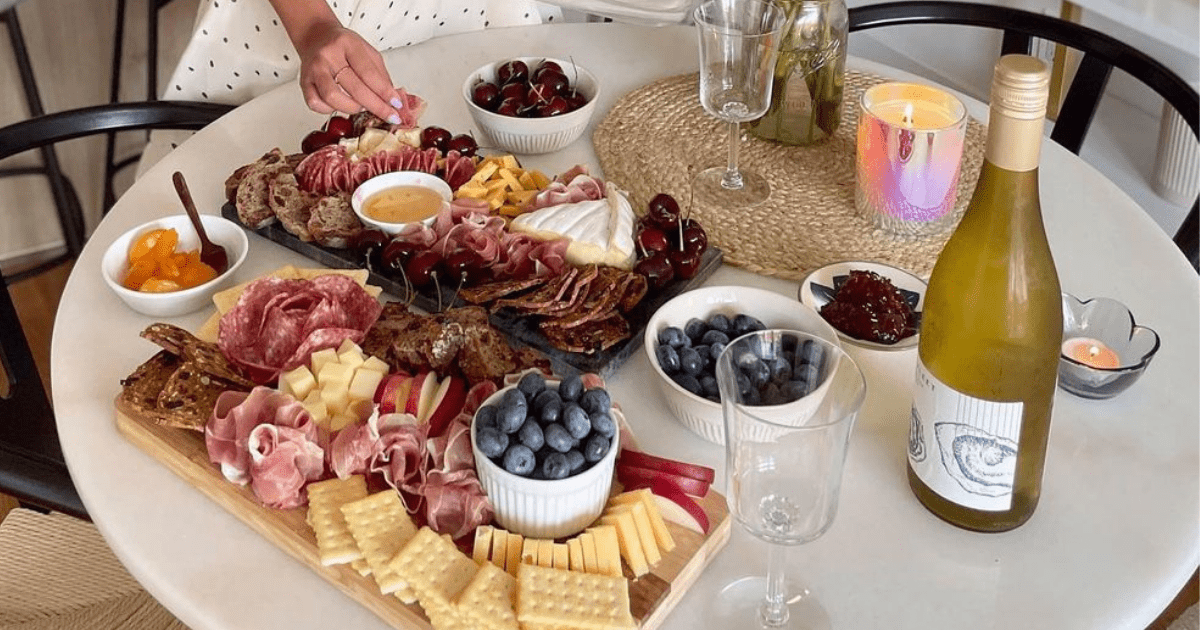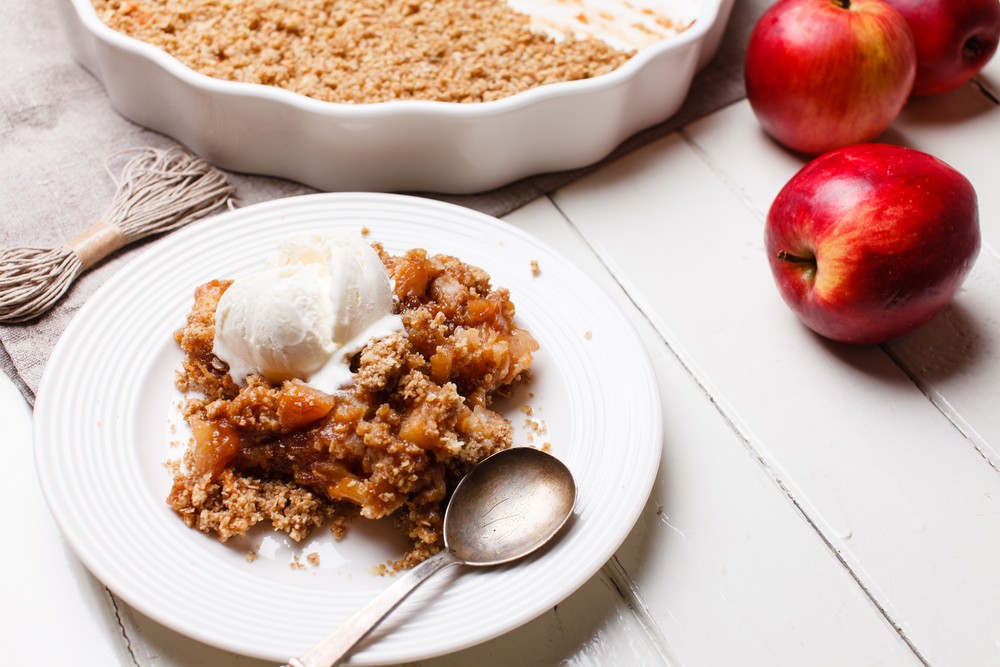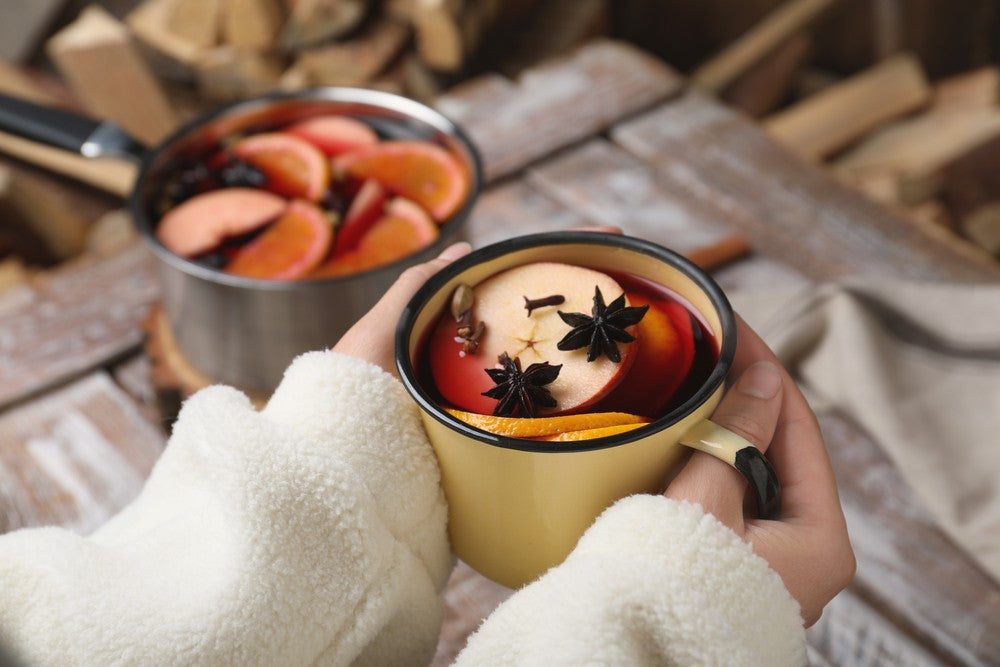
Pull up a chair, pour a glass, and get ready to slow things down. The wine drinking culture in Spain is much different than drinking culture in the United States. So sit back and relax, because in Spain we take our time to enjoy our wine.
Wine is a big part of life in Spain – and not just because Spain is the third-largest producer of wine in the world. Drinking wine is a natural part of the day. Much like in Italy, where there is wine, there is food, friends, and good conversation.
There is a drinking culture tradition in Spain called the sobremesa. It refers to the time you spend at the table after you finish eating. During this time, no one gets up to clean the dishes or rush to their next appointment. If this seems strange to you, that may explain why there isn’t an equivalent word in the English language. Sobremesa is about enjoying the company of friends and family, laughing together, and sometimes getting into deep conversations. It’s also a time to enjoy a coffee or digestif, which, in Spain, is usually a fortified wine like sherry or Vermouth. So sit back, relax, and learn how to drink wine like the Spanish.
Que hora es?
To understand how to wine drinking culture in Spain, you first need to understand when the Spanish eat their meals. It’s probably different from what you’re used to here in the U.S. There are about seven separate mealtimes in Spain. Yes, seven. We’re talking about breakfast at 8am, a mid-morning snack around 11am, aperitivo and lunch in the afternoon, a snack at 5pm, tapas and drinks at 8pm, and, finally, dinner at 9:30. Whew. In Spain, the biggest meal of the day is lunch. Why do they do it like that? First off, it may be healthier to eat the majority of your calories earlier in the day. Second, it’s tradition. Back when more people worked in the fields, workers would recharge with a big lunch, and then take a siesta, or midday nap, to rest up and avoid the midday heat. These days, it’s less common to break for a siesta. Long lunches that span several hours are often reserved for the weekends, but you can definitely find people enjoying a long lunch followed by the treasured sobremesa any day of the week.

…with Tapas
The Spanish Aperitivo, or Fer el Vermut
In Spain, drinking starts around 1:30pm with the aperitivo. An aperitivo is a popular tradition throughout parts of Europe. It’s all about slowing down, whetting the appetite, and enjoying the company of friends over a drink or two.
Aperitivo drinks are typically low-ABV. Remember, it’s a marathon – not a sprint. It’s typical to have a small glass of white wine, sherry, or vermouth, along with some tapas. Vermouth is an increasingly popular drink among the Spanish. If you think of vermouth as merely one ingredient in a martini, think again. These days, it’s a trendy drink all on its own, with different locales putting their unique spin on this aromatized fortified wine. It’s so popular, in fact, that people will simply say that they’re taking a vermouth – tomar un vermut.
However, it’s not unheard of to choose another fortified wine, like sherry or Madeira. Sherry is a very special drink in Spain, after all. This fortified wine is only made in three towns, in what is known as the Sherry Triangle. You may know of sherry as a dessert wine, but it also comes in lighter, drier styles. To enjoy this Spanish tradition at home, simply pour yourself and your guests a small glass of wine, Vermouth, or sherry – or a spritzer made with any one of these – and settle in for a relaxing afternoon.

Raising Your Glass Midday
Lunch, or La Comida, is a three-course meal. The courses vary depending on the region and the time of year. You might start out with gazpacho or paella. The second course will either feature meat or fish. The third course is dessert, but you can skip the sweets and opt for coffee if you have to return to work.
It’s not uncommon to order wine with lunch. Ordering wine in Spain is a bit easier than in other places. For one, wine lists at restaurants may be shorter than what you’re used to. You can simply ask for the tinto (red wine), blanco (white wine), or rosado (rosé). You should also check out Cava, Spain’s signature sparkling wine that’s very similar to Champagne except it’s cheaper and has no pretension attached to it.
Wine bottles typically indicate how long the wine has been aged. Keep an eye out for these classifications, but remember that if you’re new to wine, you may actually prefer the taste of fresher wine – aka, the cheaper stuff.
In general, wine is less expensive in Spain than France or Italy so you’re in for a great deal no matter what kind of wine you prefer. If you order wine by the glass, be prepared to be served a small glass. You can totally ask for more, but this is the custom since drinking will continue late into the night.
The wines made in Spain are as varied as the climate across this vast peninsula. For instance, red wines from Rioja blend fruity and earthy notes. White wines from Northwest (or “Green”) Spain are dry and citrusy. If you’re unsure what to expect, ask the server. To recreate a Spanish-style lunch at home, simply block off two to three hours, prepare an array of tapas, and choose a regional red or white wine.
Late Night Vino
Dinner in Spain is late – between 9:30 and midnight – and lighter than lunch. Spaniards will typically dine on some tapas and wine. In some regions, like Segovia and Granada, you get a free tapa when you order a glass of wine. Fun fact: the word tapa means cover or lid. According to The Joy of Cooking, when tapas originated in pre-19th-century Spain, they were basically a piece of bread or meat that people used to cover their sherry glasses to prevent flies from getting in. While people don’t do this anymore, it’s clear that tapas are both practical and delicious. Thankfully, when you want to mix things up, wine cocktails are not uncommon in Spain. Different regions have different specialties, but here are some popular drinks to check out:- Tinto de Verano. This may come as a surprise, but the locals don’t drink sangria. Tinto de Verano is somewhat similar, as it combines red wine with fizzy lemonade.
- Kalimotxo. Originally from Basque Country, Kalimotxo (pronounced cali-MO-cho) combines red wine and Coca Cola.
- Rebujito. This summertime drink combines white wine and lemon-lime soda or lemonade.
…at a bodega
Spain is home to thousands of wineries, or bodegas as the Spanish call them. Visiting a bodega is the perfect way to experience the style and traditions of the local wine. Plus, you can sample local snacks like cured meats and cheeses. If you’re ever unsure of how to pair wine with food, matching wine with foods that are made in the same place is a handy trick. As the saying goes, what grows together goes together. When you venture outside the cities, you’ll find that some vineyards lay atop rolling hills. In small towns, these hills cover up an intricate maze of underground caves that were onced used as escape routes. Today, the caves serve a different function: cool, dark underground lanes make for ideal wine cellars.

…from a Porrón
The Spanish use some unique drinking vessels. The porrón is a kind of pitcher with a spout – sort of like a watering can. Porróns are perfectly designed for a Spanish meal, because the narrow opening keeps air exposure to a minimum. That means that you can enjoy a three-hour meal without worrying that your vino has been out for too long.
Another reason these beautiful vessels fit Spanish wine culture perfectly? Porróns are communal drinking vessels. Everyone at the table drinks from it, highlighting the social nature of drinking wine. Oh, and don’t worry: You don’t touch the spout to your mouth, so they’re totally sanitary. Porróns are said to be the replacement for the traditional bota bag – a tear-drop shaped bag made of goat’s skin. These are less common today, but were traditionally used as canteens on hunting days. Drinking from a porrón is an art. To practice at home, try drinking water from a porrón to avoid stains. Simply hold the neck, tilt the spout above your mouth, and stick your jaw slightly forward to catch the wine.
